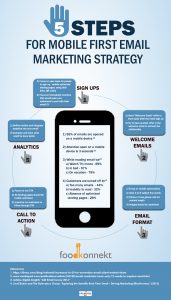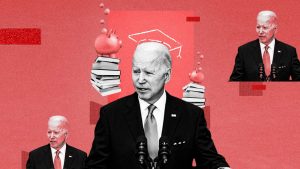March 10, 2024
6 lessons in management and resilience from Canada’s busiest airport
Toronto Pearson bounced back from a year of missteps and mishaps with transparent leadership that tapped its greatest resource: the employees on the ground.
Transparency and employee consultation led to GTAA’s successful bounce-back from air travel challenges at Toronto Pearson.
Agency staff shortages. Airline delays and misplaced baggage. A brutal winter storm during peak holiday travel season. Headlines warning of “chaos.” At this time last year, many workers at Canada’s busiest airport, Toronto Pearson, felt dispirited.
Today, though, passenger experience and satisfaction are on the rise. Media coverage has improved. Brand perception is recovering. And, remarkably, the Greater Toronto Airports Authority (GTAA) just reclaimed a spot on the Forbes list of Canada’s best employers for 2024.
As chief human resources officer, I keep getting asked: How does this happen? How did your organization right the ship, and how has employee sentiment rebounded so quickly?
The answers are both simple and complex, common sense and unexpected. Airports face universal human-resources challenges but also some unique ones—GTAA employees work around the clock, run the world’s largest deicing facility, manage wildlife programs, and sell advertising in the terminals.
I learned many lessons from our difficult year. Here are six of the most important ones:
Speak transparently and authentically
Even on the worst operational days, our executive team never shied from sharing the realities of our situation. They identified gaps and shortcomings, noted incremental improvements, applauded legitimate jumps in performance and always made newly revised operational goals clear. CEO Deborah Flint spoke candidly about operations at staff-only town halls, in the national news media, and before the federal transport committee. Because our front-line employees could see we weren’t sugar-coating the problems, they could also trust that the eventual improvements were real, which secured their buy-in.
Consult the organization on strategy
Our frontline employees are experts in airport operations—they know what works and what doesn’t. So as we reworked our operations, we reached deep into the front line to ask employees for input on pressing organizational needs, such as our strategic plan and the supporting organizational design changes. Soliciting input isn’t just an exercise, but an effective way to gather critical information and feedback and build consensus about the way forward. Our executive team still owns decisions, but these decisions tend to be better with input from our operational experts.
Protect and invest in development
At many organizations, a bad quarter means halting investment in people. But we tried to avoid that because we needed our employees to keep stepping up and performing at their best in challenging times. We maintained hiring, training, and investment in development in 2022 and 2023. We kept investing in the Pearson Aviation Academy, an in-house development program that increases operational knowledge, fosters collaboration across teams, and strengthens situational awareness. We also invested in a talent-assessment program designed to identify and develop critical skills to foster career development and make fuller use of our people.
Honor your commitments
Like organizations across the aviation industry, the GTAA was conscious of overall costs during the pandemic. But we chose to honor the terms and conditions of all our collective agreements despite a 75% drop in passenger traffic. Not attempting to reopen existing collective agreements demonstrated partnership with workers that continued while the rest of the industry scrambled to rebuild. While other employers dealt with picket lines and retention issues during the delicate recovery, the GTAA continued harmonious labor relations that continue to pay rewards.
Innovate for productivity, not headcount
The aviation industry is on the cusp of a technological sea change—sensors, scanners, artificial intelligence, automation, and digital twinning are already beginning to affect how airports and their partners do business. But we want these tools to empower our workers to do their jobs more effectively, not put them out of work. Despite investing in a raft of new tools, the GTAA’s head count will soon have increased 10% over 2019. Corporate headcount is fluid by nature, but we prefer to see innovation as a means to increase productivity, not cut workers.
Work on behalf of ecosystem employers
The media and public often fail to distinguish between the airport authority and the many other companies and agencies operating at our airport—the GTAA employs just 1,830 of roughly 50,000 workers at Pearson, but security screeners, air traffic controllers, airlines, ground handers, and retailers are frequently mistaken for our staff. In other words, our reputation rests on everyone’s ability to get the job done. To help the rest of the airport ecosystem, we launched a community portal with career resources and job listings and have held multiple job fairs to help all employers staff up, while collaborating on employee retention and engagement. In doing so, we’re building a shared purpose and a true value chain.

Fast Company – work-life
(4)
Report Post




